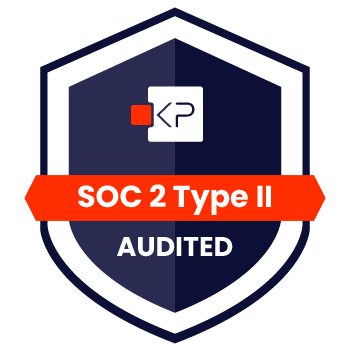Cybersecurity is everyone’s responsibility. But you don’t need to be an IT expert to know how to protect yourself from a cyberattack. To help you get started, here are helpful terms you need to know so you’re not left in the dark, whether you’re teaching yourself how to update your anti-malware, updating your systems, or consulting your tech support.
9 Cybersecurity terms you need to know
5 Ways to benefit from VoIP phones
Choose the best Office 365 plan
Boost online security with browser extensions
Technology tips to increase efficiency

Successful businesses make technology work for them, not the other way round. When used correctly, technology can make every task much faster to execute. So, if you’re looking to increase staff efficiency, consider the following methods to implement technology into your day-to-day business operations.
Windows 10 keyboard shortcuts you need to know

It’s undeniable that using keyboard shortcuts activate computer commands faster than dragging a touchpad or a mouse. To that end, if you’re using Windows 10, there are a couple of new keyboard shortcuts worth trying.
Windows Snapping
If you’ve never used Windows Snapping, you’re missing out on one of Windows 10’s key features.
The basics on 2-step and 2-factor authentication

Cybersecurity is a vital component to businesses these days. You need to make sure that criminals cannot just hack into your network. When it comes to verifying users’ identity, there are two types of authentication used: two-step and two-factor. These two are so similar, many confuse one with the other.
How to protect yourself from cryptojacking
Avoiding Office 365 migration failure
Manage transactions better with an OMS

Order management systems (OMSs) nowadays are more powerful and more intuitive than ever, which is the main reason why a growing number of businesses deploy one. What are the benefits of having one for your e-business?
First off, we need to clarify that inventory management systems (IMSs) are not the same as OMSs. The former is a solution for analyzing your sales history and forecasting demand for your product and the materials you will need; in contrast, the latter is all about the here and now, as it tackles transactions as they happen.







